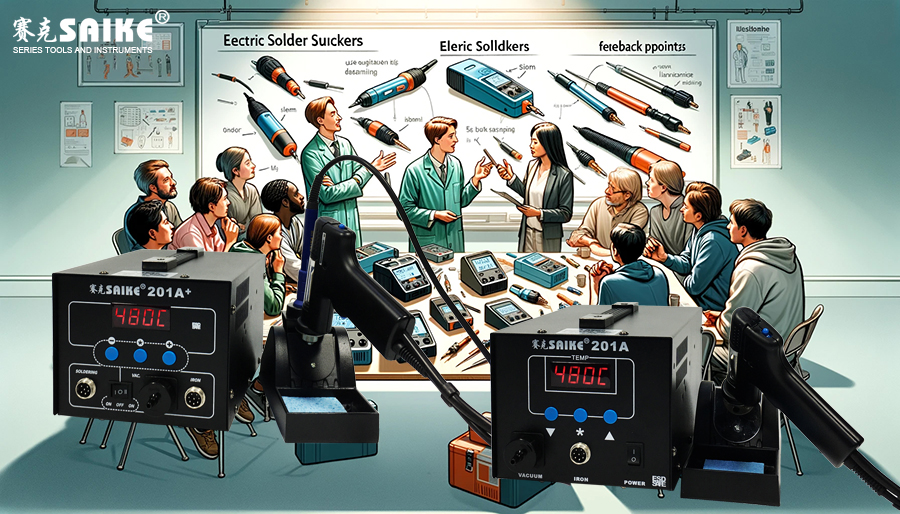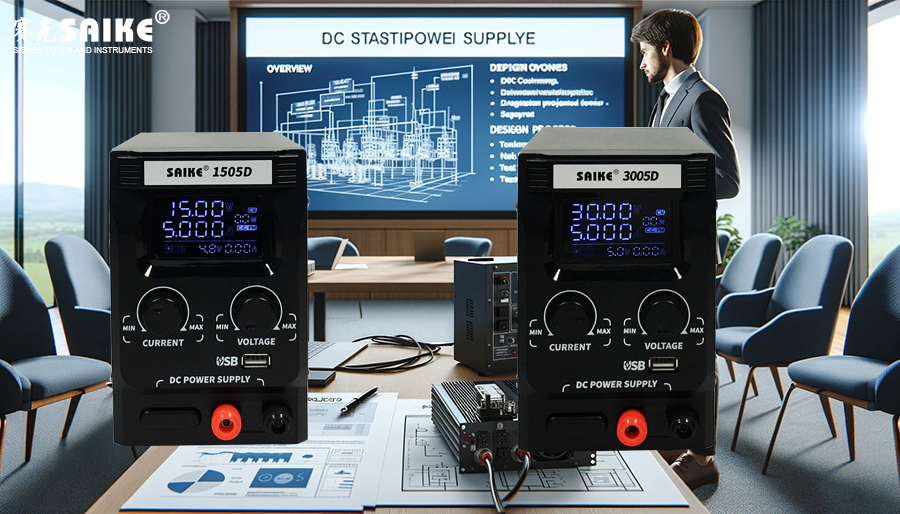
SK-YJ000ZLWYDY-KP 100029
I. Introduction
Making a DC stabilized voltage supply is a fundamental and critical part of electronic projects, which requires precise planning and preparation. Good preparation can ensure that the performance of the final power module meets the needs of specific applications. The following are several key steps that must be considered before undertaking such projects.
II. Design and Planning
1.Demand Analysis
– Clarify the specific requirements for output voltage and current.
– Determine the application scenarios of the power supply, such as whether it is used for embedded systems, testing equipment, or other electronic devices.
2.Choose the Appropriate Type of Power Supply
– Select a linear regulator or switching regulator based on demand. Linear regulators are simple and have low noise, suitable for low-power applications; switching regulators are efficient and suitable for high-power applications.
3.Circuit Design
– Develop a circuit diagram, including the selection of core components such as voltage regulator ICs, capacitors, inductors, and rectifier bridges.
– Use circuit design software (such as Eagle or Altium Designer) to draw schematic diagrams and PCB layouts.
III. Material and Tool Preparation
1.Component Procurement
– Purchase all the necessary electronic components based on the circuit design.
– Buy PCB boards or entrust manufacturers to make PCBs based on the design.
2.Tools and Equipment
– Ensure that all necessary tools are available, such as soldering tools (soldering station, solder, flux), screwdrivers, pliers, etc.
– Prepare testing equipment, such as digital multimeters, oscilloscopes, and power supply testers.
IV. Environment and Safety
1.Working Environment
– Prepare a clean, tidy, and well-lit workbench.
– Ensure good ventilation in the work area to prevent harmful fumes from accumulating during soldering.
2.Safety Measures
– Use appropriate protective equipment, such as anti-static bracelets and protective glasses.
– Learn and follow electrical safety operation specifications, especially when handling high-voltage or high-current equipment.
V. Testing and Debugging
1.Circuit Testing
– Perform circuit simulation before soldering components to confirm the theoretical performance of the design.
– After soldering is completed, conduct a visual inspection to ensure there are no cold solder joints or short circuits.
2.Functional Verification
– Gradually power on the test, starting from a low voltage and gradually increasing to the design voltage, to check whether the circuit functions normally.
– Use a load simulator to test the performance of the stabilized voltage supply under full load and various load conditions.
VI. Summary
Making a DC stabilized voltage supply requires detailed planning and preparation, from design selection to material procurement, and then to production and testing. Through rigorous preparation and systematic testing, the reliability and performance of the DC stabilized voltage supply can be ensured to meet expectations. These steps not only improve the success rate of the project but also provide valuable experience and data support for power supply design.


